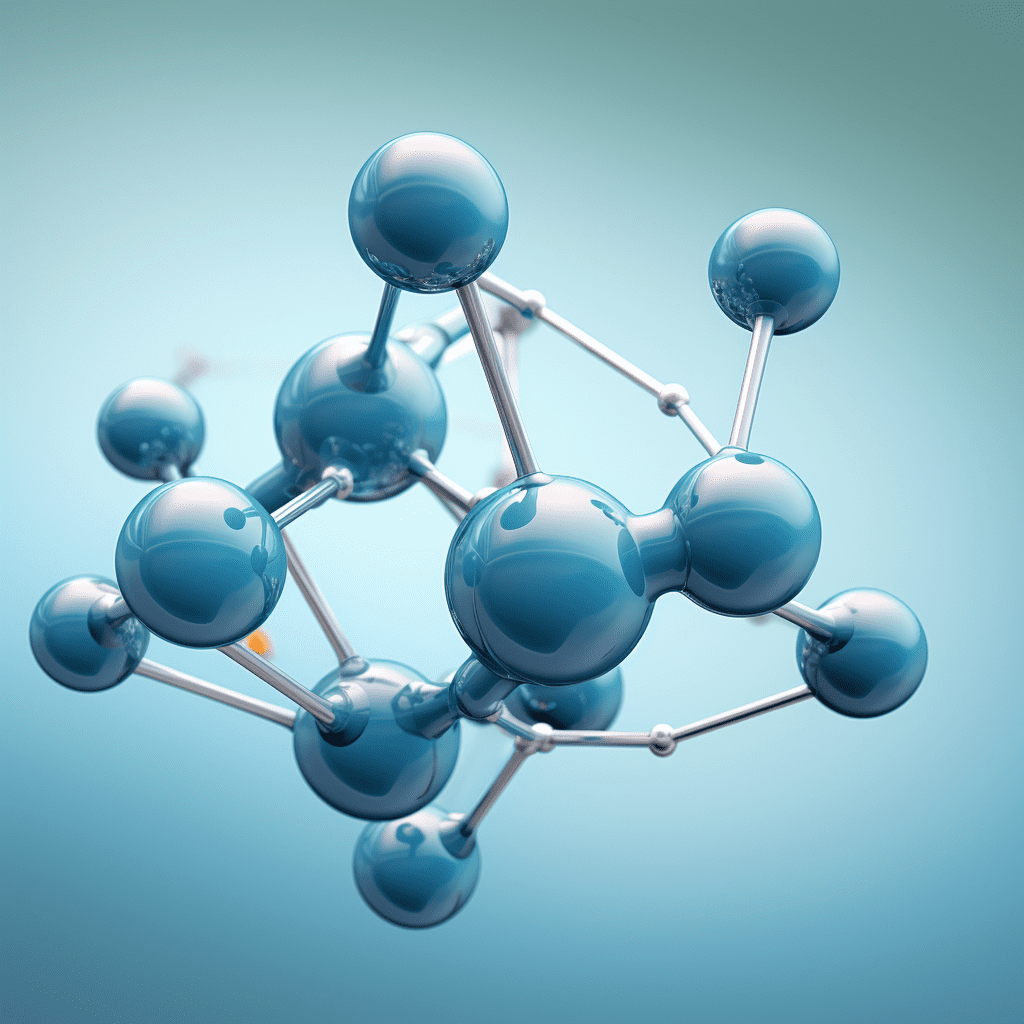What are 12V golf cart batteries? 12V golf cart batteries are deep-cycle batteries designed to power electric golf carts. They provide sustained energy for long periods and are built to withstand frequent charging. Popular types include lead-acid (flooded, AGM, gel) and lithium-ion. Key factors when purchasing are capacity, lifespan (4–6 years), maintenance needs, and warranty coverage.
48V 100Ah Lithium Golf Cart Battery
What Types of 12V Golf Cart Batteries Are Available?
Lead-acid batteries (flooded, AGM, gel) dominate the market due to affordability, while lithium-ion offers longer lifespan and faster charging. Flooded lead-acid requires regular watering, whereas AGM/gel are maintenance-free. Lithium batteries last 2–3x longer but cost 2–4x more upfront. Compatibility with your cart’s voltage system (36V/48V) is critical—most 12V batteries are wired in series.
For budget-conscious buyers, flooded lead-acid remains the go-to option. These batteries require monthly maintenance but provide reliable performance in moderate climates. AGM (Absorbent Glass Mat) variants eliminate watering needs and resist vibration better than flooded models, making them ideal for rough terrain. Lithium-ion batteries, though expensive initially, deliver superior energy density and can handle 3,000+ charge cycles compared to 500-1,000 cycles for lead-acid. Recent advancements include smart BMS (Battery Management Systems) in lithium models that prevent overcharging and balance cell voltages automatically.
How Do You Choose the Right Battery for Your Golf Cart?
Prioritize amp-hour (Ah) ratings (e.g., 150Ah–250Ah) for range and torque. Check physical dimensions to ensure fitment. For frequent users, lithium-ion minimizes long-term costs despite higher initial prices. Verify cold-cranking amps (CCA) if used in cold climates. Top brands include Trojan, VMAX, and RELiON. Always match battery voltage configurations to avoid system damage.
| Battery Type | Ideal Use Case | Weight Comparison |
|---|---|---|
| Flooded Lead-Acid | Occasional users on flat courses | 60-70 lbs |
| AGM | Hilly terrain with vibration | 55-65 lbs |
| Lithium-Ion | Daily use with fast charging | 30-40 lbs |
What Are the Maintenance Requirements for 12V Golf Cart Batteries?
Flooded lead-acid batteries need monthly electrolyte checks and terminal cleaning. AGM/gel require no watering but benefit from voltage monitoring. Lithium-ion needs zero maintenance. All types require full recharging after use—partial charging accelerates sulfation in lead-acid. Store at 50-70% charge if unused for months. Use only compatible chargers to prevent overheating.
For flooded batteries, invest in a quality hydrometer to measure specific gravity monthly. Clean terminals with a wire brush and apply anti-corrosion gel. AGM users should check voltage monthly—resting voltage below 12.4V indicates charging system issues. Lithium batteries require no active maintenance but benefit from annual capacity tests. All battery types show improved longevity when stored in climate-controlled environments, with lithium models maintaining 95% capacity after 12 months of storage versus 60% for lead-acid.
How Does Temperature Affect 12V Golf Cart Battery Performance?
Cold weather reduces lead-acid capacity by 20–50% but boosts lithium-ion efficiency. Heat above 90°F accelerates corrosion in lead-acid and degrades lithium-ion lifespan. Use insulated battery blankets in freezing climates. Store batteries in climate-controlled areas (50–80°F). Voltage drops below 10.5V per battery risk permanent damage—recharge immediately after deep discharges.
What Are the Environmental Impacts of Golf Cart Batteries?
Lead-acid batteries contain toxic materials but have a 99% recycling rate. Lithium-ion recycling is less widespread but growing. Improper disposal risks soil/water contamination. Always return old batteries to certified recyclers. Some states mandate recycling fees ($12–$30 per battery). Solar charging systems reduce carbon footprint by 40–60% compared to grid charging.
How Do You Troubleshoot Common 12V Battery Issues?
Slow acceleration often indicates sulfated plates (lead-acid) or BMS faults (lithium). Voltage drops below 12.4V signal undercharging. Use a hydrometer to test lead-acid cell balance. For swollen batteries, replace immediately—risk of acid leaks or thermal runaway. Corroded terminals? Clean with baking soda/water mix. Persistent issues require professional load testing.
“Modern lithium golf cart batteries cut energy waste by 30% compared to lead-acid,” says Redway’s chief engineer. “Our stress tests show lithium packs delivering 2,000+ cycles at 80% depth of discharge—triple the performance of premium AGM. However, proper charging habits remain critical. We recommend smart chargers with temperature compensation to maximize ROI.”
Conclusion
Choosing 12V golf cart batteries involves balancing upfront costs, maintenance preferences, and usage patterns. Lithium-ion excels for heavy users despite higher prices, while lead-acid suits budget-focused buyers. Always verify compatibility, prioritize warranties, and follow maintenance protocols. With proper care, quality batteries enhance cart performance for 5+ years.
FAQs
- Can I mix old and new 12V golf cart batteries?
- No—mixing batteries with different charge levels or ages causes uneven performance and reduces lifespan. Always replace the entire set.
- How long do 12V golf cart batteries last on a single charge?
- Typically 12–30 miles depending on Ah rating, terrain, and cart weight. Lithium batteries maintain voltage better under load for longer range.
- Are lithium golf cart batteries worth the investment?
- Yes for frequent users—they last 8–10 years vs. 3–5 for lead-acid. Break-even occurs around Year 4 considering reduced replacement and charging costs.



